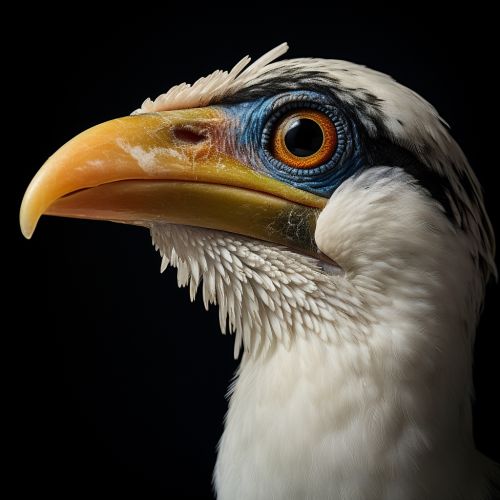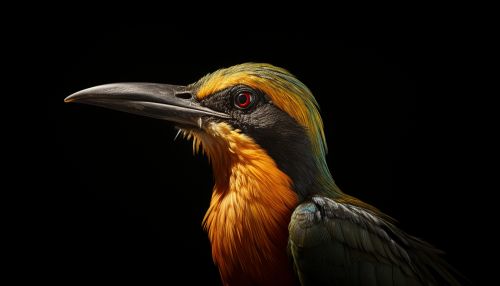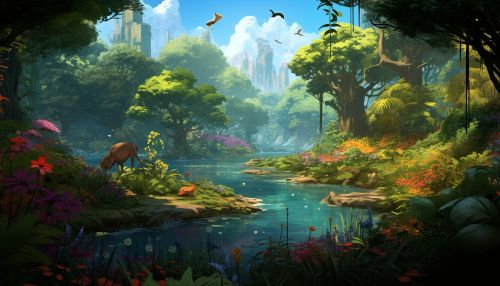Adaptation
Introduction
Adaptation, in biological terms, refers to the process by which organisms adjust to new environments or to changes in their current environment. This can be achieved through various means, including genetic changes, behavioral changes, or by the development of physical or physiological traits. Adaptation is a key component of evolutionary biology, and is driven by natural selection.
Genetic Adaptation
Genetic adaptation is the change in the genetic composition of a population in response to selective pressures in the environment. This can occur through various mechanisms, such as mutation, genetic drift, and gene flow. Genetic adaptation can lead to the development of new species, a process known as speciation.


Behavioral Adaptation
Behavioral adaptation involves changes in an organism's behavior that enhance its survival and reproductive success. This can include changes in social behavior, mating behavior, and foraging behavior. Behavioral adaptations can be learned, or they can be innate, as is the case with instinctive behaviors.
Physical and Physiological Adaptation
Physical and physiological adaptations are changes to an organism's physical structure or its internal processes. These can include changes in body shape, coloration, metabolic processes, or sensory capabilities. Physical and physiological adaptations can be driven by a variety of factors, including environmental conditions, predation pressures, and competition for resources.
Adaptation and Evolution
Adaptation plays a crucial role in the process of evolution. Through the process of natural selection, traits that enhance an organism's ability to survive and reproduce in its environment become more common in the population over time. This leads to the evolution of new species and the diversification of life on Earth.


Human Adaptation
Humans, like all other organisms, are subject to the forces of evolution and adaptation. This can be seen in the various physical and genetic adaptations that have occurred in human populations around the world, such as skin color adaptation to varying levels of sunlight, and genetic adaptations to local diseases.
Challenges and Controversies
While the concept of adaptation is widely accepted in the scientific community, there are ongoing debates and challenges related to its study. These include questions about the relative importance of genetic versus non-genetic adaptations, and debates about the mechanisms by which adaptations occur.
